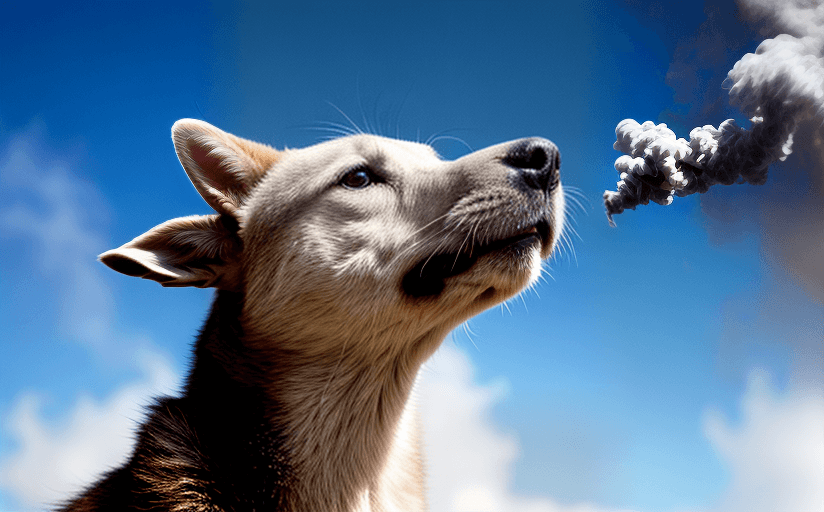The Impact of Human Activity on Animal Behavior and Conservation Efforts
Human activities have impacted animal behavior in a variety of ways, from the destruction of habitats to the introduction of new species, and have had significant implications for the conservation of wildlife. In recent years, animals have had to adapt to human activities in order to survive, resulting in a host of biological and ecological consequences. In this article, we will examine some specific cases of animal species adapting to human activities, analyze the impacts of these changes, and explore potential strategies and solutions to minimize negative effects on animal behavior.
Adaptation of Animal Species to Human Activities
Animals have had to adapt to numerous changes caused by human activities in order to survive. For example, urbanization has caused many species to adapt to living in close proximity to humans. Birds such as pigeons, crows, and sparrows are able to thrive in urban areas due to their ability to feed on human waste and scraps. As a result, these species have come to dominate the urban landscape. Other species, such as deer, have adapted to human activities by becoming more nocturnal in order to escape human contact. These behavioral adaptations are evidence of the impact that human activities can have on animal behavior.
Impacts and Consequences
The impacts of human activities on animal behavior and conservation efforts are far-reaching. The destruction of habitats due to urbanization, deforestation, and other activities has led to a decrease in biodiversity, as some species are unable to adapt to such changes. Additionally, the introduction of new species has had a detrimental effect on ecosystems, as non-native species can compete with native species for resources, resulting in the displacement of the latter. Finally, human activities can disrupt the delicate balance between species, leading to a decrease in population numbers and a decrease in the sustainability of the environment.
Solutions and Strategies
In order to minimize the negative impacts of human activities on animal behavior and the conservation of wildlife, there are a number of strategies and solutions that can be implemented. The first is to reduce the destruction of habitats, as this will ensure that native species are not displaced or driven to extinction. Additionally, it is important to ensure that new species are introduced responsibly and with consideration for the existing ecosystem. Finally, it is essential to implement sustainable practices to reduce the impact of human activities on the environment and ensure that the delicate balance between species is maintained.
Conclusion
Human activities have an undeniable impact on animal behavior and the conservation of wildlife, and it is up to us to ensure that these impacts are minimized. By reducing the destruction of habitats, introducing new species responsibly, and implementing sustainable practices, we can ensure that the delicate balance between species is maintained and that the environment is kept sustainable for future generations.


















Comments
Leave a Comment